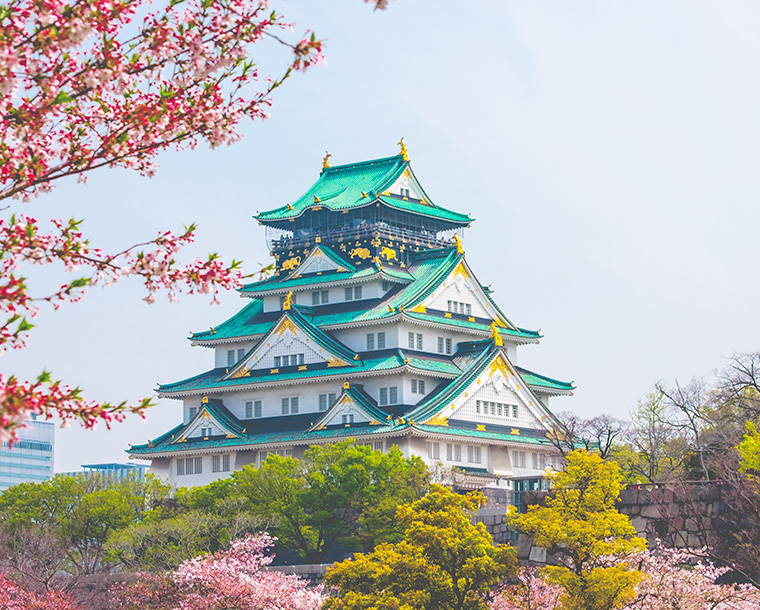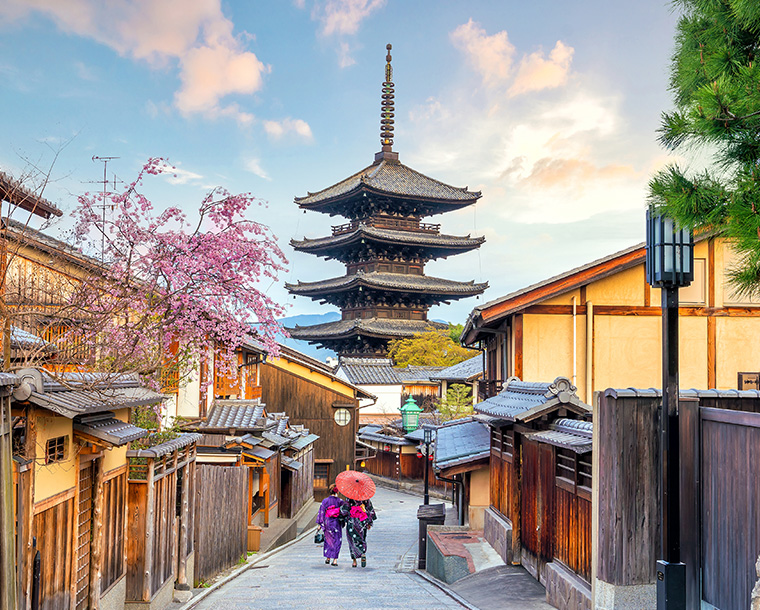

Tokyo Nagoya & Osaka
- Tokyo
- Nagoya
- Osaka

Get our assistance for easy booking
Want us to call you?Need Assistance? Call us at
+97142055017Inclusions
Detailed Itinerary
Day 1
-
INCLUDED
Flight
Hotel
Transfer
Meals
Sight Seeing
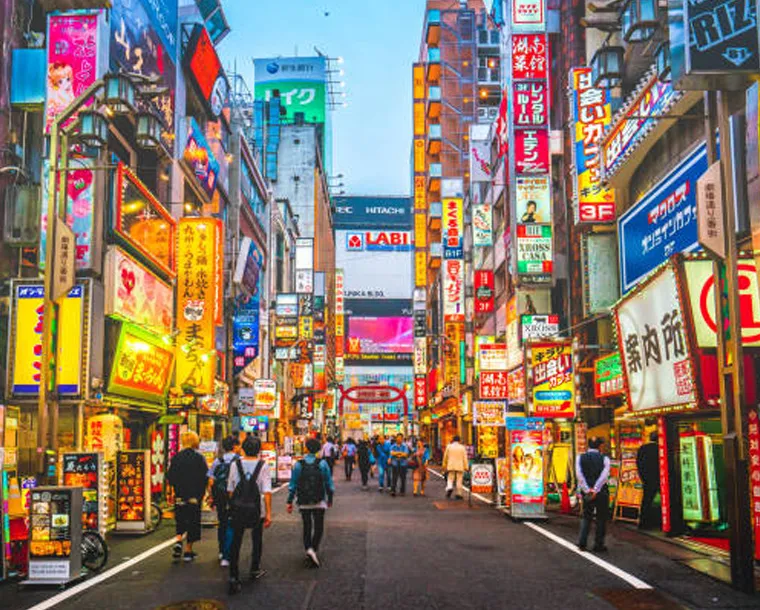
Welcome to Tokyo
On arrival at Tokyo International Airport, you will be met by our local representative and you will be transferred to the hotel.
Day is free, for you to explore the city at your own pace.
Tokyo, Japan’s busy capital, mixes the ultramodern and the traditional, from neon-lit skyscrapers to historic temples. The opulent Meiji Shinto Shrine is known for its towering gate and surrounding woods. The Imperial Palace sits amid large public gardens. The city's many museums offer exhibits ranging from classical art (in the Tokyo National Museum) to a reconstructed kabuki theatre (in the Edo-Tokyo Museum).
Overnight in Tokyo.
Day 2
-
INCLUDED
Hotel
Meals
Sight Seeing
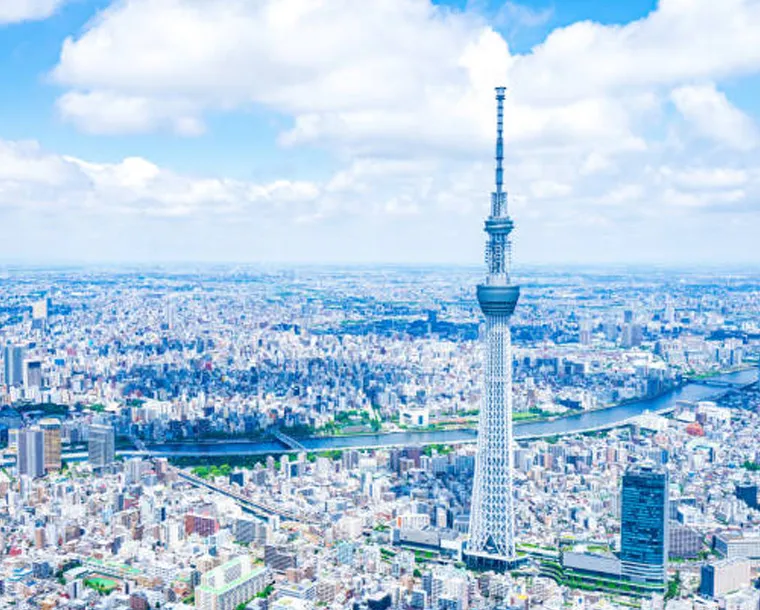
Breakfast at the hotel.
Meet your guide at the designated meeting point where you will join a group on a seat in coach tour around Tokyo. The tours will give you the opportunity to visit popular sightseeing spots in Tokyo. The highlight of the tours includes Tokyo Tower Observatory-Tokyo Skytree is Japan's tallest tower. It measures 634 meters and was the second tallest structure in the world at the time of its completion. The spacious, 350 meters high lower deck features wide windows, a restaurant, cafe and shops. Imperial Palace Sakashita-mon Gate- The Tokyo Imperial Palace is the primary residence of the Emperor of Japan. Asakusa Senso-ji Temple, an ancient Buddhist temple located in Asakusa, It is Tokyo's oldest temple, and one of its most significant. Nakamise Shopping Street, Drive-by Akihabara via Ueno. Tour ends at Tokyo station.
Overnight in Tokyo.
Day 3
-
INCLUDED
Hotel
Transfer
Meals
Sight Seeing
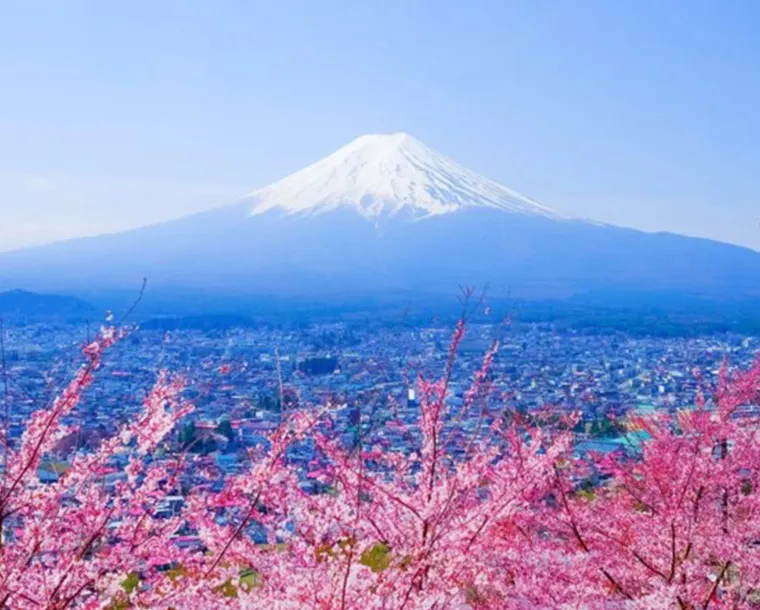
Breakfast at the hotel.
Today you will leave the city life and depart for Mt. Fuji and Hakone. This must-do Mount Fuji and Hakone tour offers some of Japan's most spectacular scenery from the ocean to the mountains of Owakudani. Enjoy the scenery of rural Japan during the drive to Mount Fuji. You will have a panoramic view of the Pacific Ocean and grand mountains from an altitude of 8000 feet. If you choose the tour with lunch, please select the lunch option at the time of booking, you will enjoy a western-style lunch. Then you will take the double-wired sky gondola for a breath-taking view of the volcanic Hakone Mountains, arriving at Owakudani Valley (the Valley of Hell). Admire the view of steam escaping from the rugged mountains of Owakudani. You will also have the chance to try an Onsen Tamago (an egg boiled in hot spring water). Next, you will have a boat ride on the peaceful Lake Ashi. You can sit back and relax in the midst of the picturesque and serene natural beauty of the crater lake. Transfer back to Tokyo by coach and tour ends at Tokyo Station or Ginza/Shinjuku.
Japan’s Mt. Fuji is an active volcano about 100 kilometres southwest of Tokyo. Commonly called “Fuji-san,” it’s the country’s tallest peak, at 3,776 meters. A pilgrimage site for centuries, it’s considered one of Japan’s 3 sacred mountains, and summit hikes remain a popular activity. Its iconic profile is the subject of numerous works of art, notably Edo Period prints by Hokusai and Hiroshige.
Overnight in Tokyo.
Day 4
-
INCLUDED
Hotel
Transfer
Train
Meals
Sight Seeing
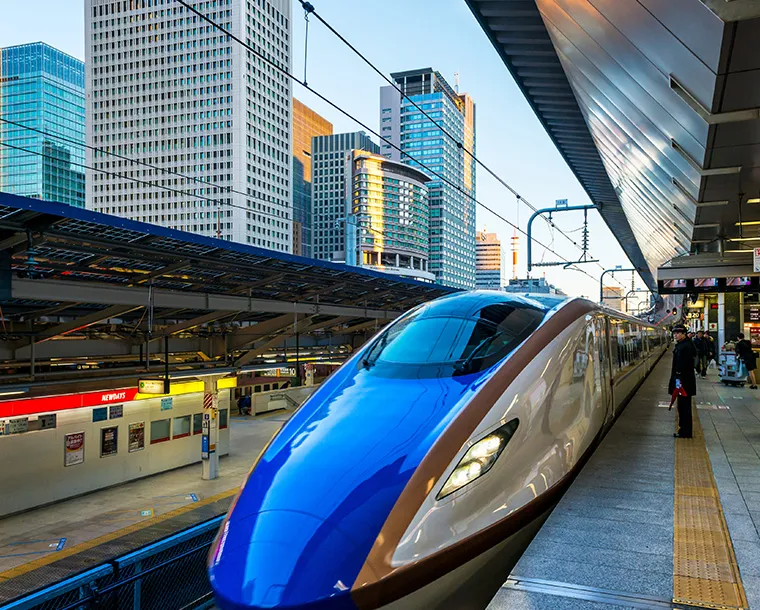
Breakfast at the hotel.
Prepare for check out and make your way to the train station and board the high-speed train from Tokyo to Nagoya.
On arrival in Nagoya train station make your way to the hotel and check-in.
Day is free, for you to explore the city at your own pace.
Nagoya, capital of Japan’s Aichi Prefecture, is a manufacturing and shipping hub in central Honshu. The city’s Naka ward is home to museums and pachinko (gambling machine) parlors. Naka also includes the Sakae entertainment district, with attractions like the Sky-Boat Ferris wheel, which is attached to a mall. In northern Naka is Nagoya Castle, a partly reconstructed 1612 royal home displaying Edo-era artifacts.
Overnight in Nagoya.
Day 5
-
INCLUDED
Hotel
Transfer
Meals
Sight Seeing
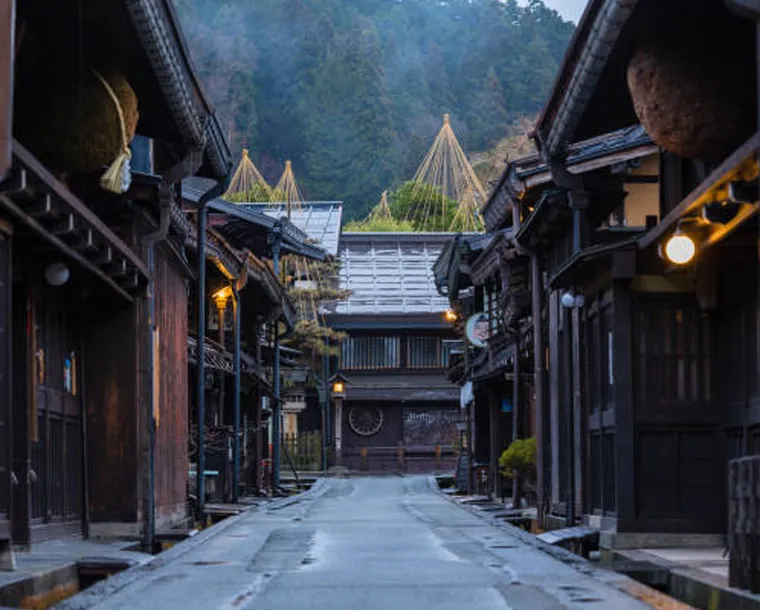
Breakfast at the hotel.
Meet your guide at the designated meeting point where you will join a group on a seat in coach tour from Nagoya to Shirakawago & Takayama. Take a SIC bus and toward Takayama-The narrow streets of its Sanmachi Suji historic district are lined with wooden merchants’ houses dating to the Edo Period, along with many small museums. The city is famed for its biannual Takayama Festival, going back to at least the mid-1600s, celebrating spring and fall with parades featuring ornate, gilded floats and puppet shows., Stroll along the old-fashioned streets. Shirakawago Ogi-machi Castle Ruin Observation- Ogi-machi Castle was a typical medieval mountain fortress erected on the high ground to the northwest. Stroll around the Shirakawago thatched roof village area. The tour ends where you have meet your guide in Nagoya. Make your way to the hotel.
Overnight in Nagoya.
Day 6
-
INCLUDED
Hotel
Transfer
Train
Meals
Sight Seeing
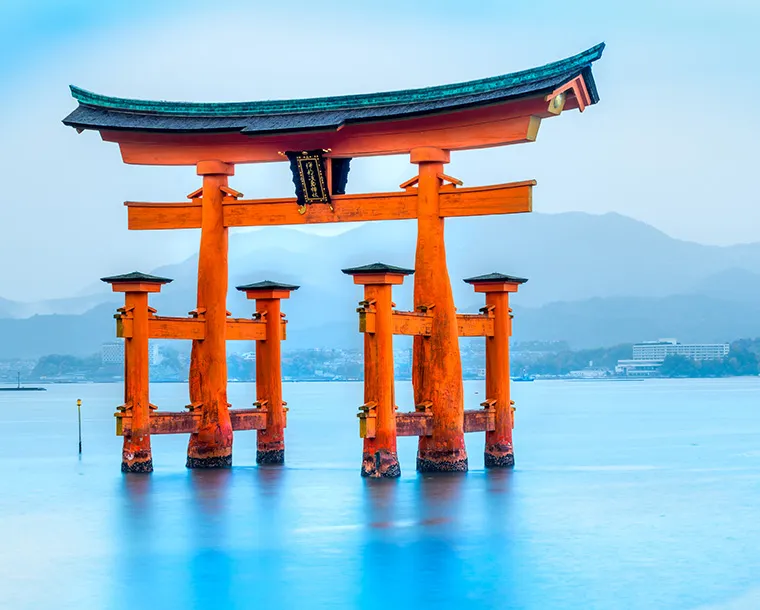
Breakfast at the hotel.
Prepare for check out and make your way to the train station and board the high-speed train from Nagoya to Osaka.
On arrival in Osaka train station make your way to the hotel and check-in.
Day is free, for you to explore the magnificent city of Osaka at your own pace.
Osaka is a large port city and commercial centre on the Japanese island of Honshu. It's known for its modern architecture, nightlife and hearty street food. The 16th-century shogunate Osaka Castle, which has undergone several restorations, is its main historical landmark. It's surrounded by a moat and park with plum, peach and cherry-blossom trees. Sumiyoshi-Taisha is among Japan’s oldest Shinto shrines.
Overnight in Osaka.
Day 7
-
INCLUDED
Hotel
Transfer
Meals
Sight Seeing
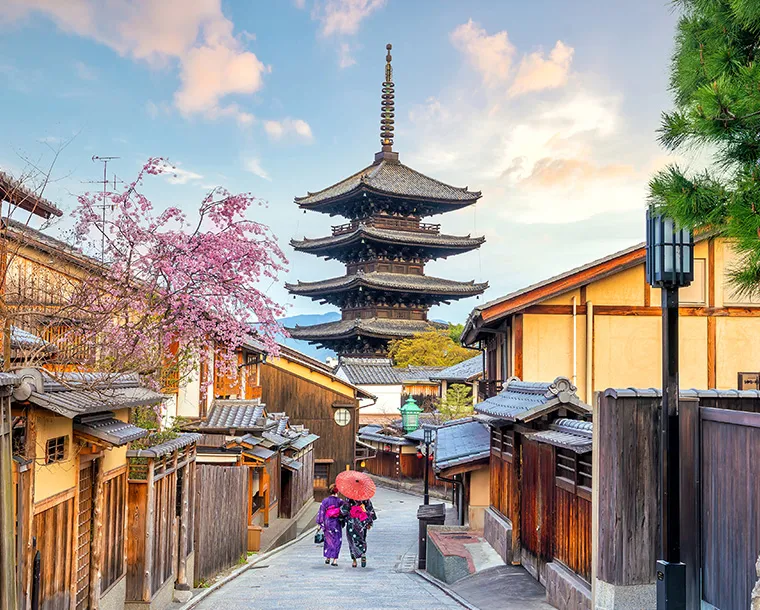
Breakfast at the hotel.
Meet your guide at the designated meeting point where you will join a group on a seat in coach tour from Osaka to Kyoto & Nara. The highlight of tour is visiting Nijo-jo Castle, Kinkakuji Temple, Kyoto Imperial Palace. (When Kyoto Imperial Palace is closed, Kitano-tenmangu Shrine will be visited instead). Lunch at your own expense and move toward to Nara. Visit Todai-ji Temple (Great Buddha)/Nara Park, Kasuga Taisha Shrine and Nara Nagomikan. Tour ends at Osaka Namba station and make your way to your hotel.
Overnight in Osaka.
Day 8
-
INCLUDED
Hotel
Transfer
Meals
Sight Seeing
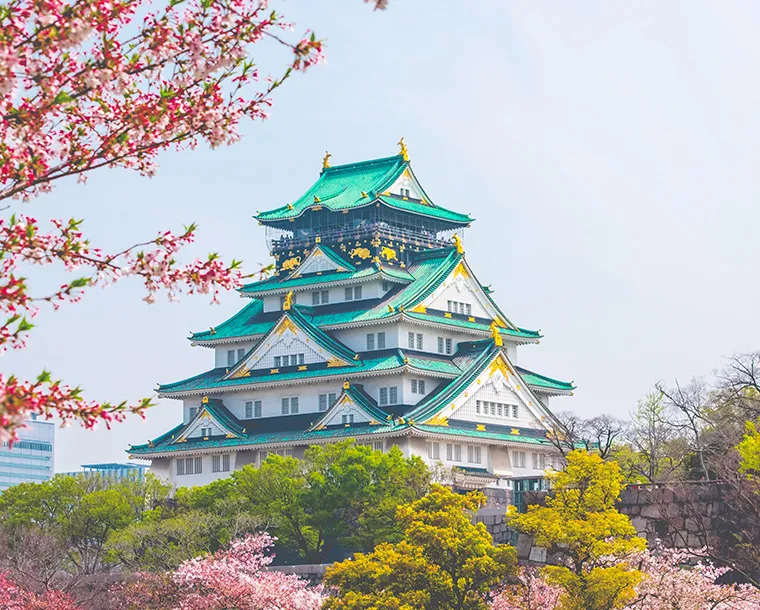
Breakfast at the hotel.
Day is free to relax and unwind in the hotel, or go for shopping, or there are a variety OPTIONAL TOURS that you can choose from.
Optional tours you can book with us
Excursion to Himeji
Himeji is most famous for its magnificent castle, Himeji Castle, widely considered to be Japan's most beautiful surviving feudal castle. The castle is designated both a national treasure and a UNESCO world heritage site. Additionally, you will experience Sake Brewery in Himeji. Himeji is also well-known as a town for making sake brewery. You might want to buy a bottle of sake as sourvenir. In the end, you will be escorted back to Osaka and drop off at your hotel.
Sagano Romantic Train & Arashiyama Kiyomizudera, Fushimi Inari Taisha
After pickup from one of 4 locations in Osaka, head towards Kyoto, the former capital of Japan, on the island of Honshu. The first activity of the day is a scenic and romantic railway ride from Kameoka to Arashiyama. During the 23-minute journey, feel immersed in nature as you admire the beautiful blossom trees and breathtaking mountain views. Upon arrival at Arashiyama, enjoy a delicious Beef Shabu Shabu lunch with soft drinks to prepare you for an afternoon of sightseeing. After lunch, visit the UNESCO World Heritage listed Kiyomizudera Temple, one of the most celebrated temples in Japan, founded in 780 on the site of the Otowa Waterfall. The tour continues onto Fushimi Inari, world-famous for the thousands of Torii gates that line the entrance to the Shinto Shrine. Spend some free time exploring the mountain trails and the shrine buildings themselves, and learn about the fascinating culture of Japan. The tour ends after your visit to Fushimi Inari, and you’ll be dropped off at your original pickup location in Osaka.
Overnight in Osaka.
Day 9
-
INCLUDED
Flight
Transfer
Meals
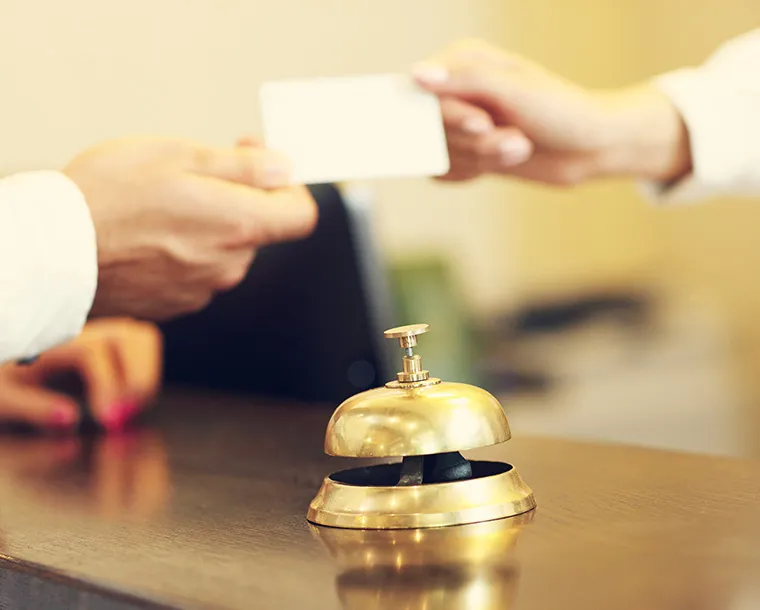
After breakfast. The day is free until checkout time. The driver will pick you up and drop you to the airport for your onward flight.
Tour Cost, Terms & Conditions
- The rates are subject to availability at the time of booking request. In the event if there are rate changes due to increase in Govt taxes, or hotel charges a surcharge, or BAR rates (Best available rates), we reserve the right to amend the rates without notice. The exchange rate is subject to change. Please ensure that you have secured the relevant visa / entry permits & valid passport. The best source of visa information is the embassy of the country itself.
- If you are interested in going ahead with this booking, we would require deposits or payments as follows either in the form of cash or cheque:
- 30 days to 21 days prior to departure date: 50%.
- 21 days to 01 days prior to departure: 100%.
- Prices in this quotation are subject to availability. Al-Tayer Holidays reserves the right to offer services of similar or higher standard based in the event of non-availability at the time of booking, at amended cost. - Please ensure that the names given to us for reservations match the names in your passport, as hotels, sightseeing tour companies are very particular about name changes. Mismatched names may result in heavy amendment penalties. We strongly recommend travel insurance as part of your package – we have excellent rates with the world’s best companies – please let us know if you wish us to add this to your package.
Inclusions & Exclusions
Inclusions
Flights
- Economy class, Dubai / Tokyo / Osaka / Dubai.
Accommodation
- 3 nights in Tokyo based on twin sharing basis.
- 2 nights in Nagoya based on twin sharing basis.
- 3 nights in Osaka based on twin sharing basis.
Transportation
- Arrival airport transfer in Tokyo on private car.
- Departure airport transfer in Tokyo on private car.
Train
- 2nd class train, Tokyo-Nagoya-Osaka.
Sightseeing
- City tour in Tokyo, Nagoya, Kyoto, Nara & Osaka on seat in coach.
- Visit the famous Mt. Fuji, Nijo-jo Castle, Kinkakuji Temple on seat in coach.
- Explore Sanmachi Suji historic district on seat in coach.
Meals
- Daily breakfast.
Insurance
- Complimentary travel insurance.
Taxes
- All airline and hotel taxes.
Exclusions
- Visa fees.
- International airport departure tax.
- Meals not mentioned in the itinerary.
- Items of personal nature viz. telephone calls, drinks, laundry bills, etc.
- Except all above mentioned in inclusion.
Travel Tips
Japan: Though very expensive, Japan is one of the most amazing, beautiful, and friendly countries in the world. From bustling Tokyo and zen-like Kyoto all the way to laid-back Okinawa and wintery Hokkaido, Japan is a high-tech world mixed with the politeness and respect of their past. Honestly, I love Japan. It was a life-long dream to go there and it lived up to all my expectations. Japan has mouth-watering food, majestic temples and shrines, zen gardens, lush national parks, and a rich historic culture. It’s a wonderful place and, while it may be an expensive country to visit, there are plenty of ways to make this country affordable. Don’t get scared off by the prices or the language barrier. You won’t regret your visit here – it’s one of the most amazing countries in the world. Let this travel guide help you plan an affordable trip to Japan!
Trip Planning: The planning stage of your trip can be instrumental in its success and an enjoyable part of the experience itself. You have a world of options...and plenty to consider.
Entry and Exit formalities: Visitors must hold a passport valid for at least six months & beyond at the time of entering the country. Some nationalities can obtain visa on arrival and for nationalities who requires visa please refer to the Japan consulate website: https://www.dubai.uae.emb-japan.go.jp
Transportation: Figuring out how to get around is one of your biggest pre-trip decisions. Get our holiday expert best advice on deciding between your options.
Based on your trip itinerary, our experts will help you choose wisely. You'll also find a wealth of practical travel tips.
Money: Use your money wisely. Know the best time to use cash or card — and how to avoid unnecessary fees either way — as well as tipping etiquette.
Phones and Technology: Phones and other smart devices can be huge time-savers...or expensive distractions. Get our tips for making the best use of technology during your trip, and for calling home with or without your own phone.
Packing Light: On your trip you'll meet two kinds of travelers: those who pack light and those who wish they had.
Sleeping and Eating: Your hotel and restaurant choices can be a matter-of-face chore…or they can provide rich opportunities to connect with locals and their culture.
Health & Hygiene: Take comfort: Doctors, hospitals, launderettes, and bathrooms aren’t that different. Dealing with them can even be part of the fun of travel.
Sightseeing & Activities: Once you're on the ground, the real fun begins…but it pays to have a thoughtful plan. Our experts will help you get oriented to your surroundings, use your sightseeing hours wisely, and find your way off the beaten path.
Get our assistance for easy booking
Want us to call you?Need Assistance? Call us at
+97142055017Discover & Indulge

Japan’s busy capital, mixes the ultramodern and the traditional, from neon-lit skyscrapers to historic temples. The opulent Meiji Shinto Shrine is known for its towering gate and surrounding woods. The Imperial Palace sits amid large public gardens. The city's many museums offer exhibits ranging from classical art (in the Tokyo National Museum) to a reconstructed kabuki theater (in the Edo-Tokyo Museum).

once the capital of Japan, is a city on the island of Honshu. It's famous for its numerous classical Buddhist temples, as well as gardens, imperial palaces, Shinto shrines and traditional wooden houses. It’s also known for formal traditions such as kaiseki dining, consisting of multiple courses of precise dishes, and geisha, female entertainers often found in the Gion district.

Osaka is a large port city and commercial center on the Japanese island of Honshu. It's known for its modern architecture, nightlife and hearty street food. The 16th-century shogunate Osaka Castle, which has undergone several restorations, is its main historical landmark. It's surrounded by a moat and park with plum, peach and cherry-blossom trees. Sumiyoshi-taisha is among Japan’s oldest Shinto shrines.

Capital of the mountainous northern Japanese island of Hokkaido, is famous for its beer, skiing and annual Sapporo Snow Festival featuring enormous ice sculptures. The Sapporo Beer Museum traces the city’s brewing history and has tastings and a beer garden. Ski hills and jumps from the 1972 Winter Olympics are scattered within the city limits, and Niseko, a renowned ski resort, is nearby.

A modern city on Japan’s Honshu Island, was largely destroyed by an atomic bomb during World War II. Today, Hiroshima Peace Memorial Park commemorates the 1945 event. In the park are the ruins of Genbaku Dome, one of the few buildings that was left standing near ground zero. Other prominent sites include Shukkei-en, a formal Japanese garden, and Hiroshima Castle, a fortress surrounded by a moat and a park.

Capital of Japan’s Aichi Prefecture, is a manufacturing and shipping hub in central Honshu. The city’s Naka ward is home to museums and pachinko (gambling machine) parlors. Naka also includes the Sakae entertainment district, with attractions like the Sky-Boat Ferris wheel, which is attached to a mall. In northern Naka is Nagoya Castle, a partly reconstructed 1612 royal home displaying Edo-era artifacts.

Capital of Fukuoka Prefecture, sits on the northern shore of Japan’s Kyushu Island. It’s known for ancient temples, beaches and modern shopping malls, including Canal City. Maizuru Park contains ruins of 17th-century Fukuoka Castle. The central Hakata district contains Tōchō-ji Temple, home to a 10m wooden Buddha and the Hakata Machiya Folk Museum, with displays on daily life in the Meiji and Taishō eras.

A Japanese city south of Tokyo, was one of the first Japanese ports opened to foreign trade, in 1859. It contains a large Chinatown with hundreds of Chinese restaurants and shops. It’s also known for Sankei-en Garden, a botanical park containing preserved Japanese residences from different eras, and the seaside Minato Mirai district, site of the 296m Landmark Tower.

Kobe is a city on Osaka Bay in central Japan. It is known for its signature marbled beef and scenic setting of mountains framing the harbor. The Ikuta Shrine, dating to the 3rd century, is among Japan's oldest Shinto shrines. Antique cable cars connect Kobe to Mt. Rokko, which offers panoramic views over the port. Beyond the Mount Rokko hills are the outdoor hot springs of Arima Onsen.

Sendai is a city in Japan’s Tohoku Region, northeast of Tokyo on Honshu island. The remains of 17th-century Sendai Castle, built for samurai lord Date Masamune on Aoba Hill, overlook the city and include a museum of historic artifacts. The Sendai City Museum focuses on the history and culture of Japan’s Edo period, and displays Masamune’s samurai armor.

Nagasaki is a Japanese city on the northwest coast of the island of Kyushu. It’s set on a large natural harbor, with buildings on the terraces of surrounding hills. It is synonymous with a key moment during World War II, after suffering an Allied nuclear attack in August 1945. The event is memorialized at the city’s Atomic Bomb Museum and Peace Park.

Nara is the capital of Japan’s Nara Prefecture, in south-central Honshu. The city has significant temples and artwork dating to the 8th century, when it was Japan’s capital. Deer roam in Nara Park, site of Tōdai-ji temple. Daibutsu, Tōdai-ji's 15m-high bronze Buddha, is displayed in a large wooden hall. On the park's east side is the Shinto shrine Kasuga Taisha, which dates to 768 A.D. and more than 3,000 lanterns.


